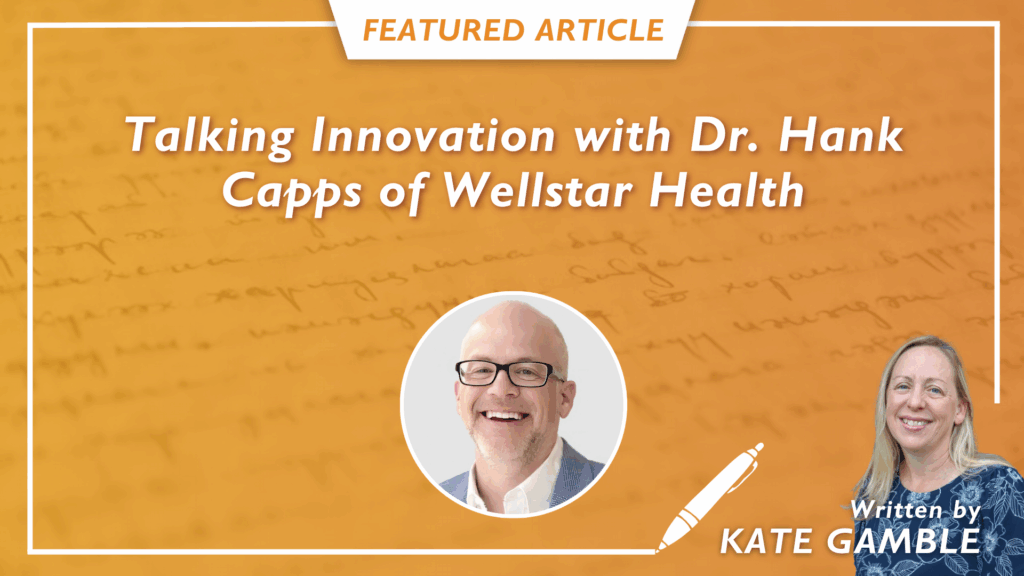
There’s an old saying that goes: ‘If you love something, set it free.’
Similarly, if an organization wants an innovation to thrive and make a true impact on healthcare, the same approach must be applied, according to Hank Capps, MD.
“Setting it free helps it to evolve faster,” he said. “The overriding purpose isn’t to create solutions for WellStar. We’re certainly intent on solving problems, but the purpose is to create value beyond that.”
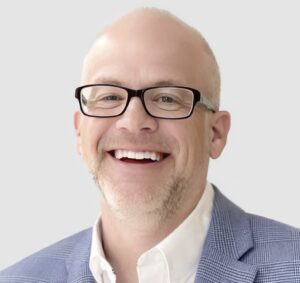
Hank Capps, MD
It’s one of the core philosophies that has enabled Catalyst by Wellstar, the innovation arm of Georgia-based Wellstar Health System, to achieve success. Since its launch in 2021, Catalyst has initiated more than 20 pilots and continues to seek out “real-world, revolutionary ideas from across industries” to address common challenges.
Recently, Capps – who serves as both Chief Information and Digital Officer at Wellstar and President and Co-Founder of Catalyst – spoke with This Week Health about how and why the innovation company and venture firm originated; the results it has seen so far; and what sets it apart from other innovation hubs.
The impetus for Catalyst actually came several years back when Wellstar leaders sat down to revamp Wellstar’s strategic plan – and innovation was identified as a key pillar. “As we developed that approach, we developed two very basic theses,” he recalled. The first is that not all healthcare problems are solved by healthcare solutions. The second? Those closest to the patient should be shaping the problem.
That was precisely the case with Catalyst’s first spinout company. The idea for vflok, a workforce optimization solution, came from nurses who expressed dissatisfaction with the scheduling process – specifically the lack of flexibility and transparency.
“It started with a problem statement from our nurses around their schedules and ultimately evolved into an AI-powered tool that helps build connections between groups of nurses and gives them more autonomy over their schedules,” he said. And by having nurses participate in the design process, Catalyst helped ensure it was addressing their biggest pain points.
“We built technology to match the needs on the ground. We’ve already seen great feedback,” Capps said, noting that plans are in place to expand it further. “This isn’t a shiny toy. It’s not even about a scheduling platform. It’s about connecting nurses together and building that broader community.”
Beyond having an ear to the ground, another key to his team’s success is their atypical approach to the incubation process.
Most of the time, venture funds have a very specific focus,” he said, and tend not to keep an innovation inside of its own walls from the idea phase to the final product. “We took that same concept and said, ‘how do you apply that inside a corporate venture?’” The answer, he found, is to “select early-stage innovations and spin them out at the beginning – not once they’re fully developed,” and configure a way to allow information to flow into the health system.
By housing all of that under a single roof, as opposed to venture funds sitting in different locations, Catalyst has access to “a view of how it all interacts together and is integrated,” Capps said. “We believe that’s significant. It’s part of the secret sauce.”
Another important piece of Catalyst’s strategy is not limiting the scope to healthcare companies. From the beginning, the emphasis has been on six strategic focus areas – including Care of Tomorrow and Customer Experience – that “reflect the most urgent needs of communities, healthcare, and long-term value,” the website stated.
Through its initial research, Catalyst amassed a “giant repository of the biggest problems that we as a health system have identified,” leaning heavily on the many subject matter experts who lend their time and expertise along various stages of innovation.
One of those challenges was the lack of resources around breast cancer screening. To that end, Catalyst partnered with WellStar’s Center for Breast Health to launch Gabbi, an early detection screening platform. Developed by Kaitlin Christine, a breast cancer survivor who lost her mother to the disease, Gabbi has already helped identify a number of patients who otherwise wouldn’t have been flagged as high-risk, said Capps.
“We’ve had hundreds of patients leverage the service,” he noted, adding that the partnership itself has been innovative. “The traditional way that a startup like Gabbi would enter a market would be to compete with the health system instead of working with it. That’s the kind of magic that happens when you bring together visionary founders like Kaitlin with our clinical leadership, and have the machinery to introduce that into the ecosystem here in Georgia.”
The success of both Gabbi and vflok lend further credence to the idea of setting innovations free and enabling them to experience “the full force of the market,” rather than the full force of one health system, Capps said. As a result, “they’re able to move faster,” and more importantly, touch more lives.
What really gives Catalyst a competitive advantage, he believes, is its structure. “Within our technology organization, we have the traditional core technology, clinical platforms, and business platforms. We also have data, AI, enterprise architecture, biomedical devices, and digital health,” he said. In that sense, “we are constructed very much like a technology company that is serving the needs of both the community and our team members.”
That community, of course, includes patients, which means the “technology engine has to work every single time,” Capps stated. As a result, “a lot of the work we’ve done has been in shoring up. We’ve worked really hard over the last few years to ensure we have a technology infrastructure that’s strong enough to support all of these activities,” and do so in a way that’s “invisible.”
As emerging technologies become table stakes, that dedication to having a solid foundation will become increasingly important.
“That’s what we keep coming back to: it’s not about solutions, it’s about problems,” Capps said. “If you’re identifying problems and then you're working with people to solve those problems, there’s something really special that comes from it. This is exciting work.”
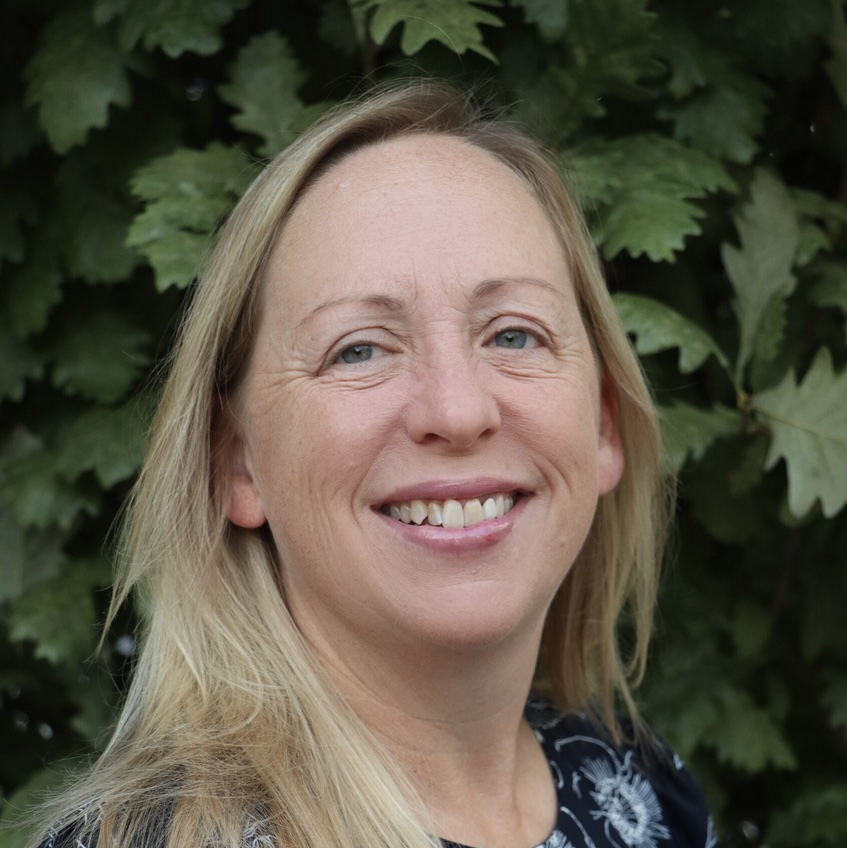
Questions about the Podcast?
Contact us with any questions, requests, or comments about the show. We love hearing your feedback.
© Copyright 2024 Health Lyrics All rights reserved